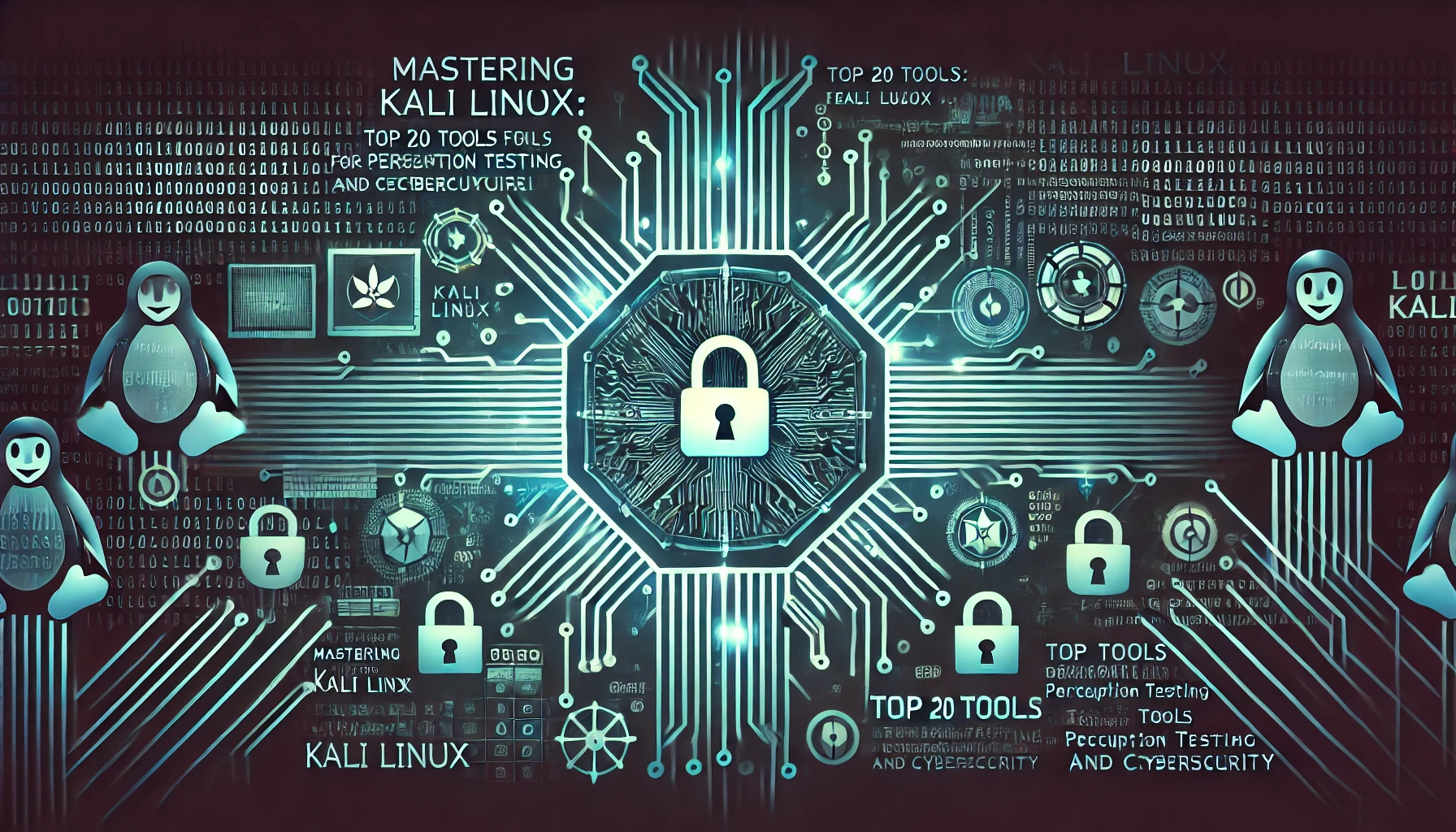
Introduction
Welcome to the Secure Debug blog, where we bring you the latest insights and best practices in cybersecurity. In this post, we will delve into the critical topic of insider threat detection and explore how it plays a crucial role in safeguarding your organization’s sensitive data. With the increasing number of cyberattacks and data breaches, it is essential to have robust measures in place to protect your valuable information from both external and internal threats.
Understanding Insider Threats
Insider threats refer to the risks posed to an organization’s data and systems by individuals who have authorized access to them. These insiders can be current or former employees, contractors, or even partners who misuse their privileges or access rights. While many insiders may have legitimate intentions, there are instances where they can cause significant harm to the organization.
Insider threats can be categorized into three main types:
- Malicious Insiders: These individuals deliberately misuse their access rights to cause harm, such as stealing sensitive data, sabotaging systems, or selling confidential information.
- Negligent Insiders: Negligent insiders unintentionally cause security incidents due to carelessness, lack of awareness, or poor security practices. This can include sharing sensitive information without proper authorization, falling victim to phishing attacks, or using weak passwords.
- Compromised Insiders: In some cases, insiders may have their credentials compromised by external attackers. These compromised insiders unknowingly become a threat vector, allowing attackers to gain unauthorized access to systems and data.
The Importance of Insider Threat Detection
Insider threat detection plays a vital role in identifying and mitigating risks posed by insiders. By implementing effective detection mechanisms, organizations can proactively identify suspicious activities, protect sensitive data, and prevent potential damage.
Early Detection and Response
Timely detection of insider threats allows organizations to respond quickly, minimizing the potential impact. By monitoring user behavior, access patterns, and data handling activities, anomalies and suspicious activities can be identified, and appropriate action can be taken.
Protection of Intellectual Property
Insider threats can pose a significant risk to an organization’s intellectual property. Robust detection mechanisms can help safeguard proprietary information, trade secrets, and other critical assets, ensuring that they remain secure from unauthorized access or theft.
Regulatory Compliance
For organizations operating in regulated industries, insider threat detection is crucial to maintaining compliance with data protection regulations. By implementing detection measures, organizations can demonstrate due diligence in protecting sensitive data and mitigate potential legal and financial consequences.
Effective Insider Threat Detection Strategies
Implementing an effective insider threat detection program requires a comprehensive approach that combines technology, policies, and employee awareness. Here are some key strategies:
- User Behavior Analytics (UBA): UBA solutions analyze user behavior patterns, access logs, and data handling activities to identify deviations from normal behavior. By establishing baseline behavior and detecting anomalies, UBA helps identify potential insider threats.
- Data Loss Prevention (DLP): DLP solutions monitor and control the movement of sensitive data within an organization. By defining policies and rules, DLP can prevent unauthorized access, data exfiltration, or accidental data leakage.
- Access Control and Privilege Management: Implementing strong access controls, least privilege principles, and regular access reviews can limit the potential damage caused by insiders. By granting appropriate access rights based on job roles and responsibilities, organizations can minimize the attack surface.
Conclusion
Insider threats continue to pose a significant risk to organizations worldwide. By implementing robust insider threat detection mechanisms, organizations can protect their sensitive data, intellectual property, and reputation. It is crucial to stay proactive, continuously monitor user activities, and leverage advanced technologies to identify and mitigate insider threats effectively.
At Secure Debug, we understand the importance of insider threat detection and offer cutting-edge solutions to safeguard your organization. Contact us today to learn more about how we can help you mitigate insider threats and strengthen your cybersecurity posture.
Stay Connected with Secure Debug
Need expert advice or support from Secure Debug’s cybersecurity consulting and services? We’re here to help. For inquiries, assistance, or to learn more about our offerings, please visit our Contact Us page. Your security is our priority.
Join our professional network on LinkedIn to stay updated with the latest news, insights, and updates from Secure Debug. Follow us here.







